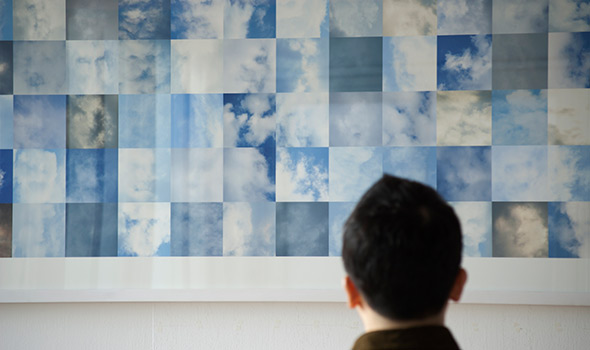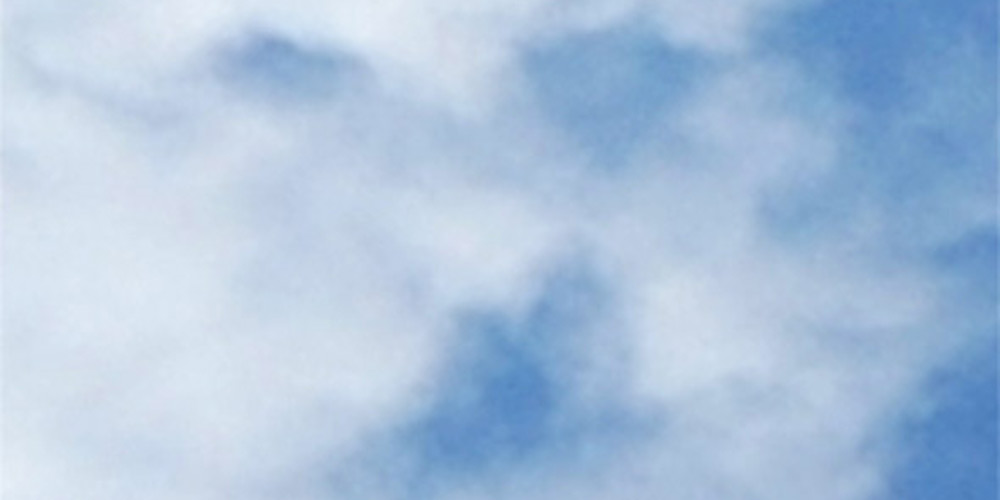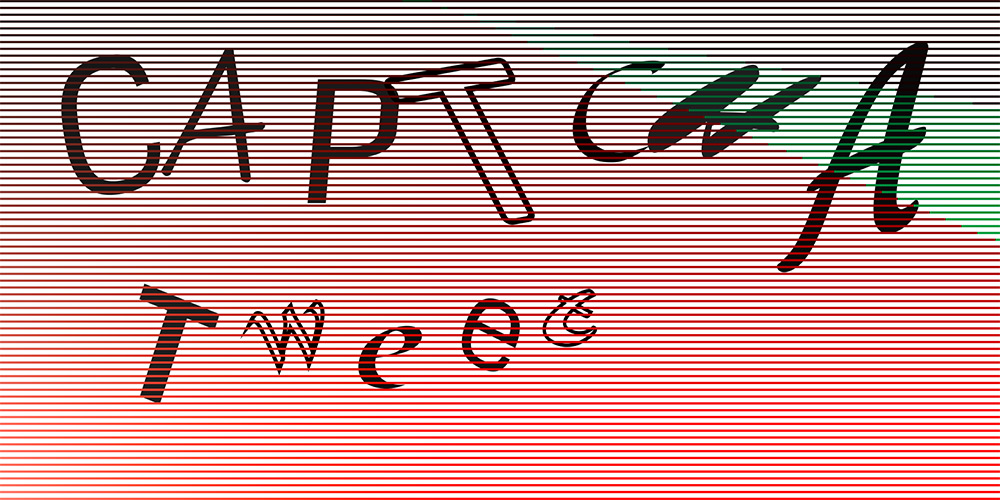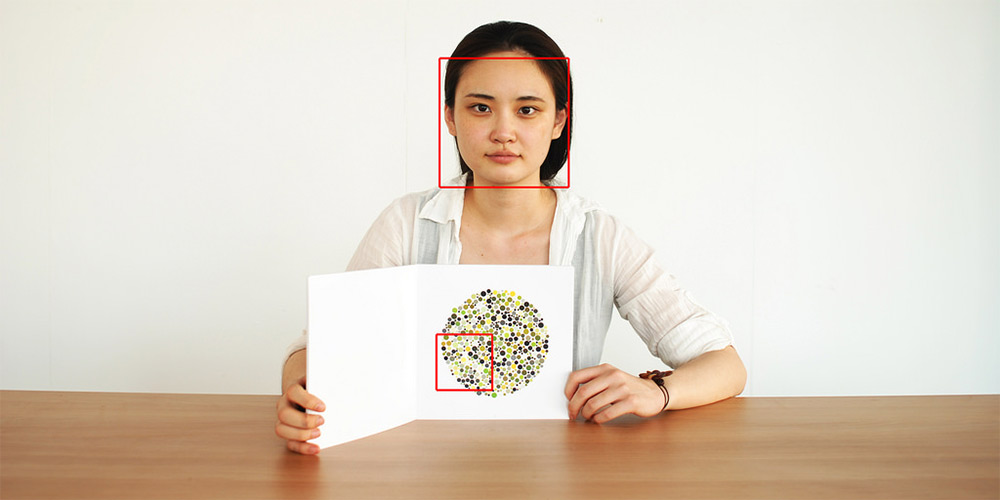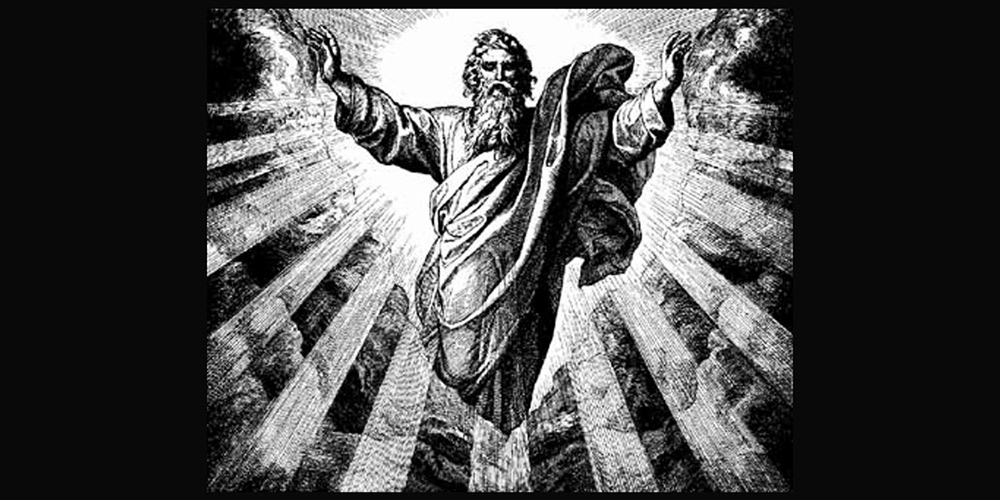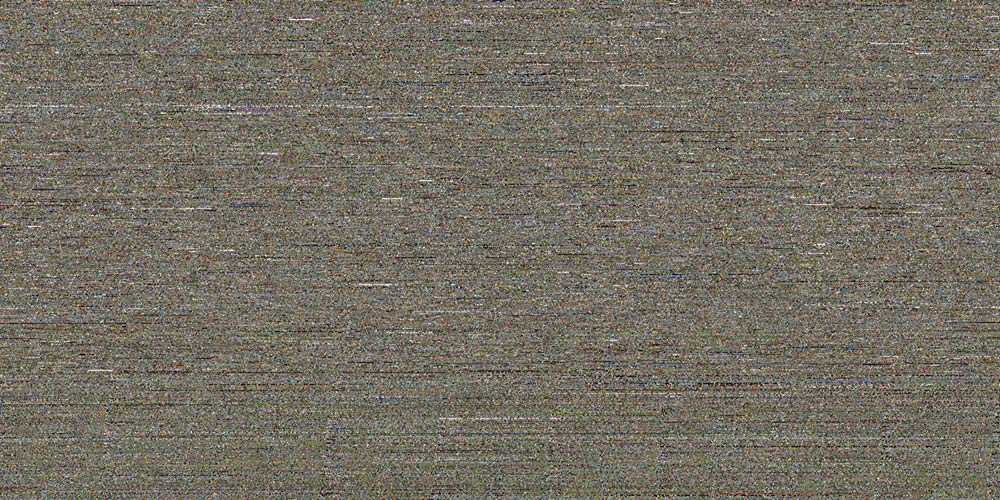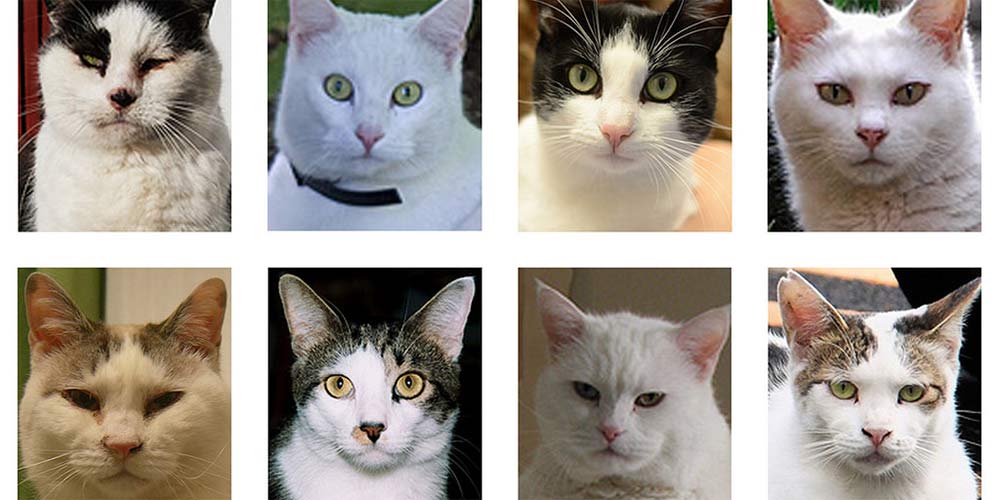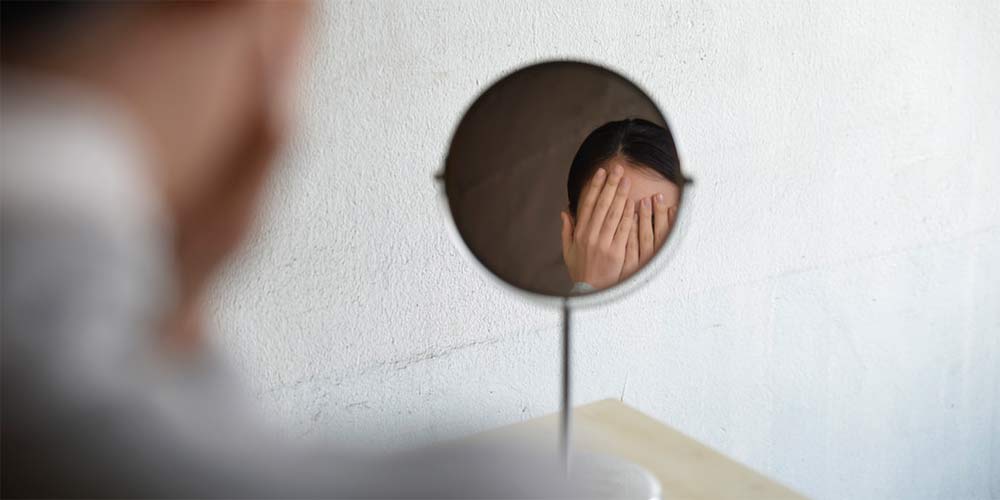Shinseungback Kimyonghun (KR)
THU September 4-MON September 8, 2014
Ars Electronica Center, Foyer, Out of Control Exhibition
Arkade, Barschneiderei
Akademisches Gymnasium, Neubau, Future Innovators Summit Exhibition
The featured artists at the 2014 Ars Electronica Festival are a duo from the Republic of Korea. Since 2012, computer specialist Shin Seung Back and artist Kim Yong Hun have been working together under the dual portmanteau Shinseungback Kimyonghun. 10 works representative of their oeuvre are on display at Ars Electronica.
Understanding Digital Life
The driving force behind their artistic-technological partnership is the wish to comprehend what digital life truly is. For these two, that presupposes grasping the essence of technology and humankind. Both men bring a wealth of experience to this task.
The Computer as Being …
Shin Seung Back’s previous work as a programmer of virtual network environments and interactive real-time systems for computer games and the consumer electronics industry enabled him to gain profound understanding of the computer. For him, it’s not merely a computational device but rather a creature whose traits are attributable above all to its relationship to its environment and to other computers.
… and as Seeing Machine
Kim Yong Hun considers the computer as, first and foremost, a seeing apparatus for humans, one that determines how people visualize the world. Just as the automobile has weaned humankind from walking, the computer will, sooner or later, get people to give up first seeing and then thinking, and leave both to the machine. Kim Yong Hun is absolutely convinced of this.
What Will Be Human?
His collaboration with Shin Seung Back has brought him face-to-face with a big question: What will humankind’s humanity consist of under these circumstances? Coming up with an answer is part of Shinseungback Kimyonghun’s mission.
Works
Cloud Face
Ars Electronica Center, Foyer
Face-detection algorithms sometimes find faces that are not. Cloud Face is a collection of cloud images that are recognized as human face by a face-detection algorithm. This work attempts to examine the relation between computer vision and human vision.
Ars Electronica Center, Out of Control Exhibition
CAPTCHA has originally been developed to distinguish computers from humans. It asks the user to type text from a distorted image. CAPTCHA Tweet is an application that users can post tweets as CAPTCHA. Since computers can hardly read it, humans can communicate behind their sight.
FADTCHA
Ars Electronica Center, Out of Control Exhibition
(FAce Detection Turing test to tell Computers and Humans Apart) presumes a reverse situation. It requires a user to find a face in an image, which is visible only to computers. This test can pick out non-computers.
Ars Electronica Center, Out of Control Exhibition
This work displays a sequence of words in the novel The Writing of the God by Jorge Luis Borges followed by each word’s first google image search result updated in real-time.
A Million Seasons
Ars Electronica Center, Out of Control Exhibition
White cherry blossoms in the street, a lady in pink skirts, yellow leaves on sprouts… What is the ‘image of Spring’? This project is an attempt to describe images of four seasons with a million photos each. A million Flickr photos tagged ‘spring’ are collected, and each photo is turned into one pixel with an average color. The one million pixels from one million photos compose an image of Spring. The images of the rest of the seasons are created the same way.
Click
Ars Electronica Center, Out of Control Exhibition
How do we record the computer mediated lives of ours? Mouse click symbolizes a special moment in time we spend with computers. A day of our computer mediated life has been recorded by capturing a screen shot of my desktop every time we clicked.
Arkade, Barschneiderei
Human faces recognized as a cat face by a cat face-detection algorithm. Cat faces recognized as a human face by a human face-detection algorithm.
Portrait
Arkade, Barschneiderei
Portrait is a series of portraits representing an identity of a movie. A custom software detects faces from every frame of a movie, and creates an average face of all found faces. The composite image reflects the centric figure(s) and the visual mood of the movie.
Memory
Arkade, Barschneiderei
The frame recognizes human faces, and superimposes them endlessly. The face in the frame is an average face of all the faces it has seen. This is a history of the frame itself and of the people who have viewed the frame.
Nonfacial Mirror
Akademisches Gymnasium, Neubau, Future Innovators Summit Exhibition
The mirror avoids faces. One can look at his/her face in the mirror only when it’s a nonface.
 Read more about this on our Ars Electronica Blog!
Read more about this on our Ars Electronica Blog!

